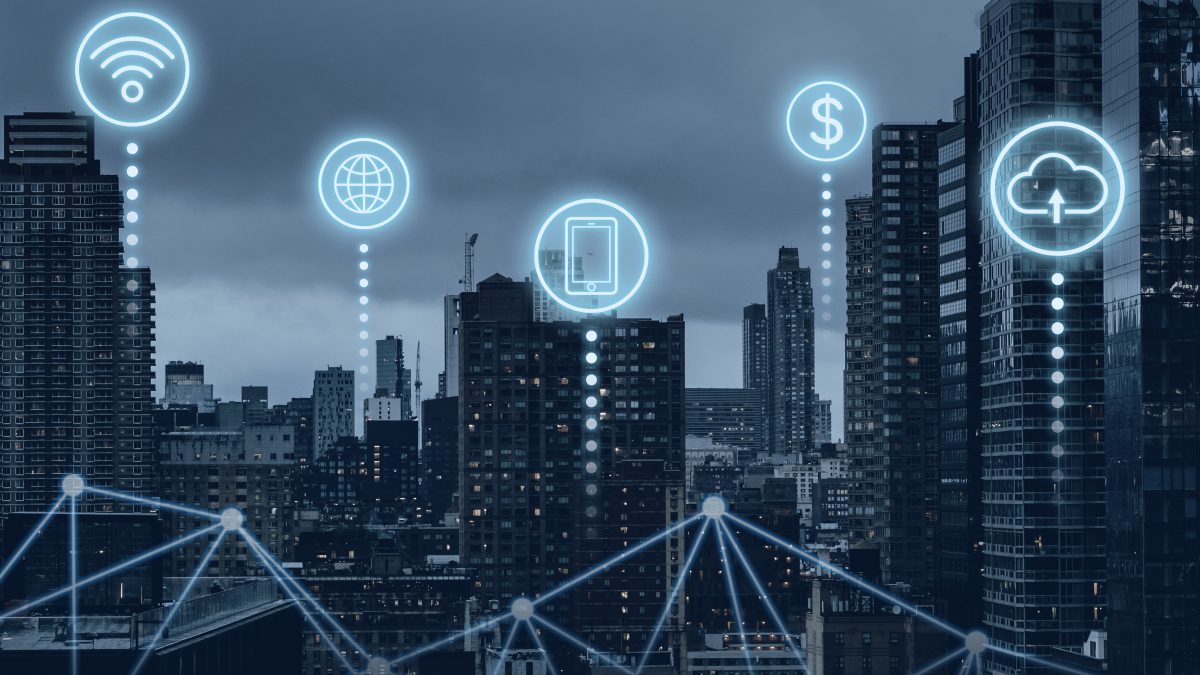Smart City Special
September 11, 2023
Experts agree that 5G has a great impact on Smart cities, revolutionizing their design and management. This trend offers a wide variety of capabilities, such as ultra-high bandwidth, low latency and speed in data transmission that contribute to cities with these types of characteristics. “5G allows data transmission speeds of up to one hundred times more than 4G in mobile phones, and a latency of 200 times lower, which makes it fundamental in the construction of Smart Cities,” asserts Luis Gutiérrez, who is also Associate researcher for the Solar Energy Research Center (SERC-Chile), and Doctor in Electrical Engineering, Power Systems, from the University of Manchester (United Kingdom).
In the opinion of the Associate Consultant of ESG Latam, “50 enables the connection of Smart devices and the exchange of data in real time, improving the efficiency of public services and the quality of life of citizens.” It also strengthens Smart Cities services related to public safety, by analyzing video recordings of public spaces in real time. Unlike traditional CCTV systems, 5G can be updated over the air and data management platforms connect various services. “When it comes to video analysis, an area in which the TA has also made important advances for automatic detection of events or different situations for security and transportation issues; 56 provides a high-capacity channel that allows videos to be sent from cameras to a center where they will later be analyzed. Subsequently, in that center it is possible to execute the algorithms in which the detection is made,” explains Werner Creixe II.
Chile: A diamond in the rough for Smart Cities
According to various studies and specialists, Chile has great potential to build Smart Cities, “it has a solid telecommunications infrastructure, and there has been significant intervention by experts to promote the development of public/private programs that aim to implement solutions useful for communities, such as the Chile in 56 plan,” specifies Luz Maria Garcia.
Along these lines, Luis Gutiérrez, Academic of the Faculty of Engineering and Sciences of the UAI, assures that “a Smart City uses a series of technologies, such as sensors, Internet of Things (IoT), communication networks, interfaces and specialized software to generate, transmit, store and analyze data of interest.
The expert maintains that the first step is to monitor the critical variables in the different sectors that interact in a city, giving as an example the monitoring of vehicular flow on avenues prone to congestion, “this data needs to be transmitted and protected, which is why IoT plays a fundamental role for this”.
The representative of Smart City Chile maintains that “today there are many technologies that are improving the quality of life of the citizen. Technologies that we have had for more than 5 years, but whose interfaces and software we have not seen their reach, is the case of those used in traffic lights and security and energy efficiency control centers”.
Likewise, he specifies that “there are many solutions that different companies propose to manage the city in a better way, where the concept of vertical integration is at its peak (…)”
See full new in TrendTIC Magazine

